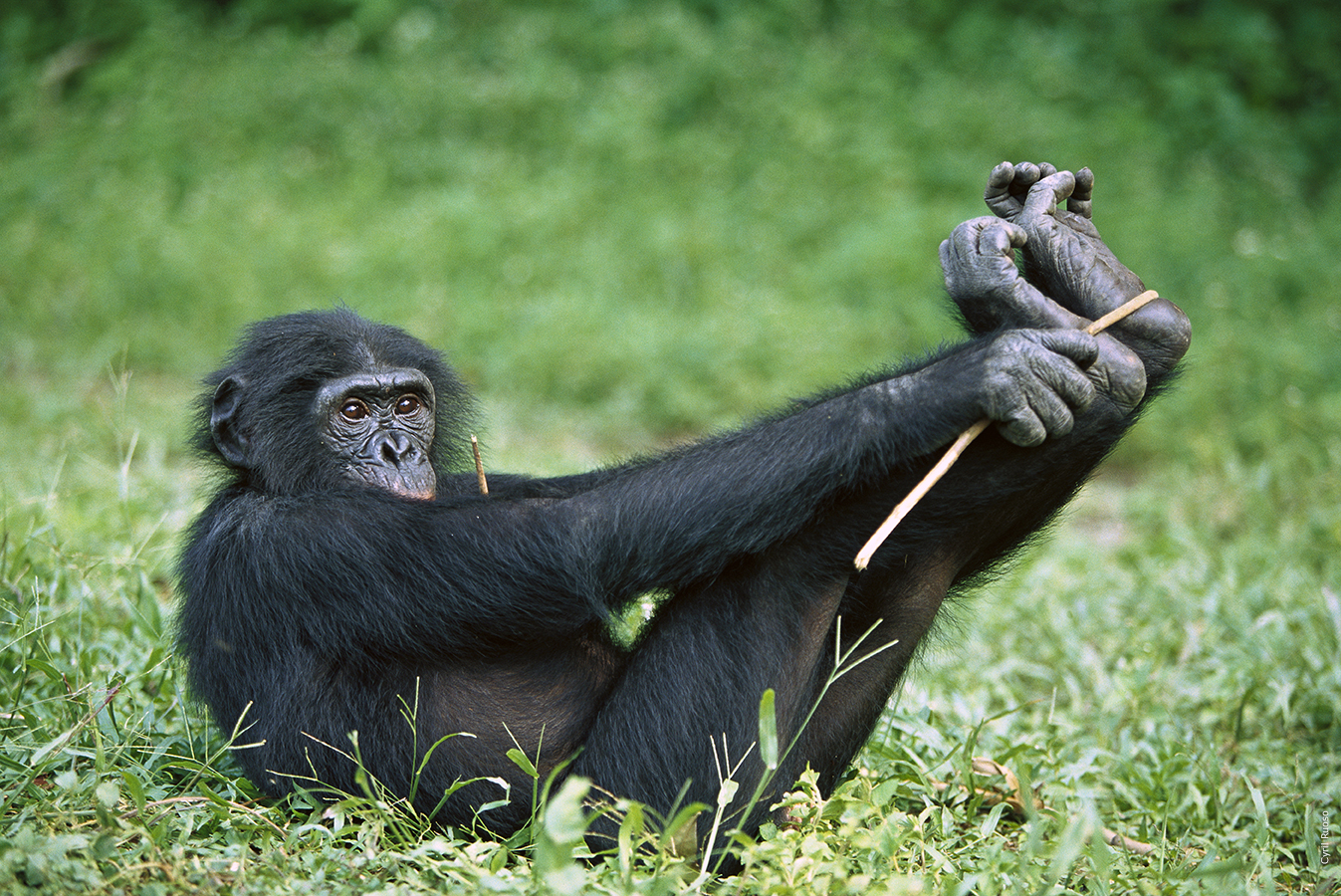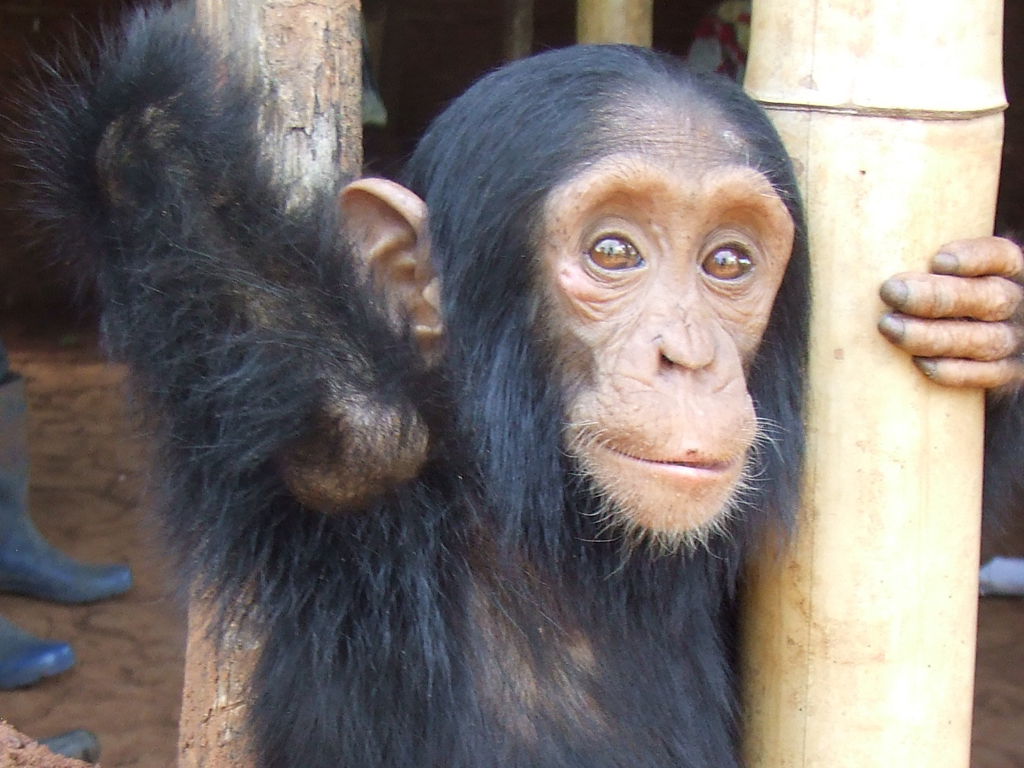How to Protect our Primate Populations
Throughout the world, wildlife is fighting for survival in their efforts to maintain their habitats among destruction due to human-induced deforestation, climate change, illegal wildlife trade, etc. Primate species that used to exist in plentiful quantities are dwindling in their numbers as survival has become a challenge not every primate was able to adapt to. As humans, we should be reminded that there are other primates with whom we share our earth with, and that they have as much of a right to be here as we do. As our closest living relatives, it is a wonder we have allowed their numbers to come eerily close to extinction. Therefore, it is our duty to bring these numbers back to a safe level, so that one day these primates can continue to thrive on an earth their ancestors have walked since ancient times.
Thankfully, efforts have been made to reduce the effects of extinction among primate populations. From simply spreading the word to being an active participant in their rescues, any and all effort is encouraged to keep them safe and alive in their habitats.
Spreading Awareness Throughout the World

Protected Wildlife Reserves
Everyone deserves a safe haven to flourish and survive within, and these primate populations are no different. An enclosed and protected wildlife reserve allows these endangered species to live in a space away from harm and mindless violence and thus given the space to reproduce at their own rate and potentially increase their dwindling numbers. These protected areas prohibit hunting for bushmeat or for game while ensuring clean and safe water resources as well. They can vary from strictly protected conservation areas such as national parks to community conservancies with multiple use conservation areas.
Reforestation
The act of reforestation is to replant an area previously exposed to the dangers of deforestation with trees and other plants. The goal is to encourage wildlife species forced to move from their home as they witnessed it being destroyed right before their eyes back to what is familiar to them. The Neotropical Primate Conservation made efforts to participate in reforestation within the Tropical Andes in Peru to restore one of the most biologically diverse areas in the region threatened due to high population growth and deforestation. Landslides and increasing scarcity of natural resources also posed a danger to local human populations, but by partaking in the reforestation project, many were able to benefit from its purpose, humans and primates alike.

Equipping Wildlife Rangers to Stop Wildlife Crime

Targeting Illegal Trade in Wildlife & Rescuing Animals at Risk

Questions:
1. What are some other ways you can think of to protect primate populations?
2. What conservation efforts do you find most useful?
3. Opinions on the exotic pet trade?
Citations:
Primates. (2019, March 26). Retrieved from https://neoprimate.org/primates/
Projects. (2019, March 26). Retrieved from https://neoprimate.org/projects/
REFORESTATION IN THE TROPICAL ANDES, PERU. (2019, March 26). Retrieved from https://neoprimate.org/reforestation-in-the-tropical-andes-peru/
Wildlife Conservation. (2019, January 3). Retrieved from https://www.awf.org/wildlife-conservation
Thankfully, efforts have been made to reduce the effects of extinction among primate populations. From simply spreading the word to being an active participant in their rescues, any and all effort is encouraged to keep them safe and alive in their habitats.
Spreading Awareness Throughout the World

An individual unaware about the facts regarding primate extinction are simultaneously unaware of their severity. For example, monkeys are extremely important for the health of the rainforests that they live in. By acting as both prey and predator for many other species within their habitat, their existence is vital for the survival of rainforests. Yet their very existence is being threatened due to loss of habitat through deforestation and hunting for the pet trade. By simply donating, sharing videos, and speaking out about the maltreatment of these innocent creatures, ears are opened to injustices happening across the world to creatures unable to speak for themselves, and thus heavily rely on their stories being told.
Protected Wildlife Reserves
Everyone deserves a safe haven to flourish and survive within, and these primate populations are no different. An enclosed and protected wildlife reserve allows these endangered species to live in a space away from harm and mindless violence and thus given the space to reproduce at their own rate and potentially increase their dwindling numbers. These protected areas prohibit hunting for bushmeat or for game while ensuring clean and safe water resources as well. They can vary from strictly protected conservation areas such as national parks to community conservancies with multiple use conservation areas.
Reforestation
The act of reforestation is to replant an area previously exposed to the dangers of deforestation with trees and other plants. The goal is to encourage wildlife species forced to move from their home as they witnessed it being destroyed right before their eyes back to what is familiar to them. The Neotropical Primate Conservation made efforts to participate in reforestation within the Tropical Andes in Peru to restore one of the most biologically diverse areas in the region threatened due to high population growth and deforestation. Landslides and increasing scarcity of natural resources also posed a danger to local human populations, but by partaking in the reforestation project, many were able to benefit from its purpose, humans and primates alike.


A protected conservation area must maintain a healthy balance between sufficient space to allow wildlife to roam while simultaneously ensuring their safety as they attempt to live a life free from trade and killing. The best attempts can be made but won't guarantee complete safety from a trespassing, desperate poacher with nothing to lose. Thus, an effort has been made in some areas to equip wildlife rangers, deploy sniffer dogs, and train law enforcement officers to help combat these crimes. The African Wildlife Foundation provide rangers with anti-poaching equipment and training to prevent the illegal killing of wildlife in protected areas.
Targeting Illegal Trade in Wildlife & Rescuing Animals at Risk

Wildlife trafficking has been a huge source of species loss and efforts are being made to halt this practice as efficiently as possible. Wild animals are typically hunted for meat, trophies, or for the exotic pet trade. Large-bodied primates, such as woolly monkeys and spider monkeys, are often the first species to disappear as their large size and visible nature makes them most attractive to hunters. By working closely with wildlife authorities, police, and grassroots organizations, NPC has been able to participate in the confiscation and rescue of more than 3,900 wild animals. This organization in particular then treats these animals with veterinary care until they are strong enough to be transported to a rescue center.
. . .
We must all be encouraged to do our part one way or another to keep these primate populations plentiful and safe in their homes. Our planet thrives on balance within nature, and a decreasing population for our primate friends does not hold a promising future for their closest relatives. It is vital in these times to realize that a small act can go a long way, and yet no act is small enough.
1. What are some other ways you can think of to protect primate populations?
2. What conservation efforts do you find most useful?
3. Opinions on the exotic pet trade?
Citations:
Primates. (2019, March 26). Retrieved from https://neoprimate.org/primates/
Projects. (2019, March 26). Retrieved from https://neoprimate.org/projects/
REFORESTATION IN THE TROPICAL ANDES, PERU. (2019, March 26). Retrieved from https://neoprimate.org/reforestation-in-the-tropical-andes-peru/
Wildlife Conservation. (2019, January 3). Retrieved from https://www.awf.org/wildlife-conservation

I really enjoyed your blog! I was very well organized and put together and I appreciated the media you incorporated.
ReplyDelete1. I think one of the best ways to help protect primates is advocacy. Some people may not be in a position to donate, but raising awareness to those around you is one way to spread the word and hopefully get more people to know what is going on as well as possibly get them involved. After all, if people are unaware of what is happening, then how can they be expected to help.
2. Equipping the Wildlife rangers to protect primates is such a different take on helping to protect primates. Most of the time you hear about donation pools for conservations. But this is a more hands on approach to protecting primates.
3. So often, animals are just at the digression of humans. It is not fair to take any animal, especially wild, and use them for personal gain, whether that may be as a trophy or for money. Animals deserve to live in their natural habitat, not a cage waiting for be traded.
I absolutely loved your blog! The videos that you have included really help get your point across to the viewer. To respond to your first question about other ways I think we can protect our primate population is by using our new technology. In my opinion, I feel that technology is expanding so rapidly that there should be some type of system to where we can monitor our species without being disturbed in their natural habitat.
ReplyDelete